For many people, living not only a long and happy life but also a healthy one is, unfortunately, more wishful thinking than a reality. In addition to diabetes mellitus, cancer, or dementia, cardiovascular diseases, in particular, are among the most common diseases of the elderly, which massively influence and limit the quality of life of those affected. Worldwide, 17.3 million deaths per year are currently attributable to cardiovascular disease.1 This corresponds to 31 percent of all deaths. Germany records an even higher number of deaths due to cardiovascular diseases, with approximately 36 percent.2 For this reason, they are still considered the leading cause of death worldwide.
| Cardiovascular Diseases | Death per year worldwide (2019)3 |
| Ischaemic Heart Disease | 8.9 million |
| Stroke | 6.2 million |
| Other | 2.2 million |
At the same time, average life expectancy measured in years has been rising globally for years. In 2019, a person will be 72.6 years old on average. By comparison, the average life expectancy in 2015 was 71.7 years and in 2005 67.9 years.4 So, people are living longer, but are they also staying healthy longer? The question that needs to be asked is how long a person can live within the expected lifespan without health problems or illnesses. A metric that tries to clarify this is called health span. The health span describes the period of time during which a person is healthy within his or her lifetime.
Cialis durata effetto – è davvero così efficace? Il Cialis, come altri inibitori della PDE-5, ha un effetto sintomatico direttamente sull’organo sessuale maschile. Non è difficile dove acquistare cialis online sicuro senza ricetta medica in Italia. Tutto quello che devi fare è visitare una normale farmacia o usare un servizio online per vendere i tuoi farmaci. Il Cialis prezzo per pillola dipenderà dalla quantità dell’ordine che farai. Per esempio, se si ordinano 180 pillole di Cialis, il prezzo per pillola sarebbe di €0,88 , questo rispetto a un ordine di sole 10 pillole – al Cialis prezzo per pillola di €3,15.
But what does being healthy mean?
Health has different meanings for different people. For this reason, the definition can be extended by the following: health span describes the period of time during which a person is healthy within the entire lifespan, that is, free of any serious and chronic illnesses. In this context, a disease is considered serious if it results in a cause of death, for example, high blood pressure if left untreated. The HALE indicator (Healthy Life Expectancy) of the WHO describes this aspect. Based on current disease and mortality rates, it indicates the average number of years in full health that a person can expect to live.5
The most important step to increase personal well-being and at the same time reduce the risk of serious cardiovascular diseases is a healthy lifestyle. Specifically, this means a healthy diet with regular exercise and avoiding smoking and alcohol. In addition to these targeted lifestyle changes, the right diagnostic measures taken at an early stage can actively help to keep the cardiovascular system healthy and thus minimize the risk of a heart attack or stroke.
The correct determination of central blood pressure and vascular age offers an enormous additional prevention potential for this and can have a positive effect on extending the health span. Only those who know what the real health values of the heart and arteries look like today and can see how they improve with lifestyle changes are motivated to do something for their health before the need arises. After all, it is still true that high blood pressure is one of the most important risk factors for cardiovascular disease that can be influenced. Unfortunately, this also means that untreated high blood pressure not only significantly increases the risk of heart, brain, kidney, and other diseases, but also reduces the quality of life of those affected and significantly shortens health span.
1 https://www.flipsnack.com/Escardio/esc-cardiovascular-realities-2019/full-view.html
2 https://de.statista.com/statistik/daten/studie/240/umfrage/verteilung-der-sterbefaelle-nach-todesursachen/
3 https://www.who.int/news-room/fact-sheets/detail/the-top-10-causes-of-death
4 https://ourworldindata.org/life-expectancy#:~:text=The%20United%20Nations%20estimate%20a,any%20country%20back%20in%201950.
5 https://www.who.int/data/gho/indicator-metadata-registry/imr-details/healthy-life-expectancy-(hale)-at-60-(years)

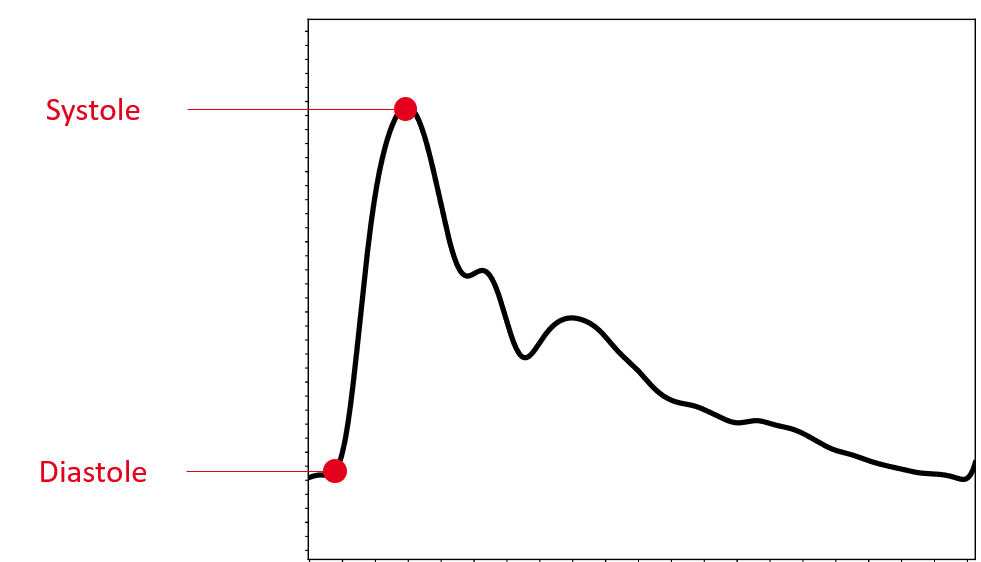
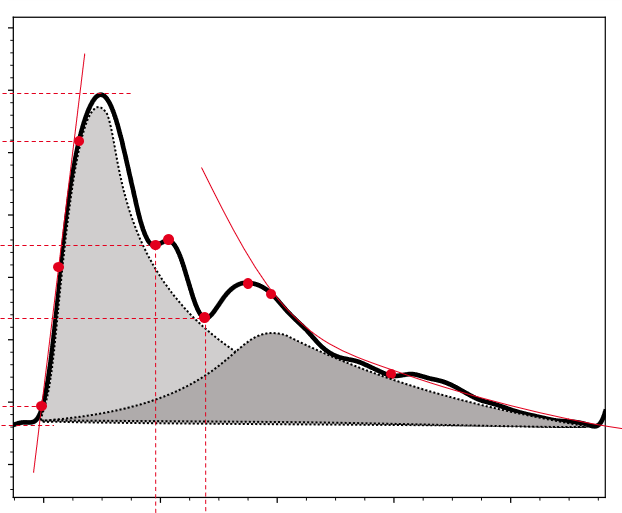
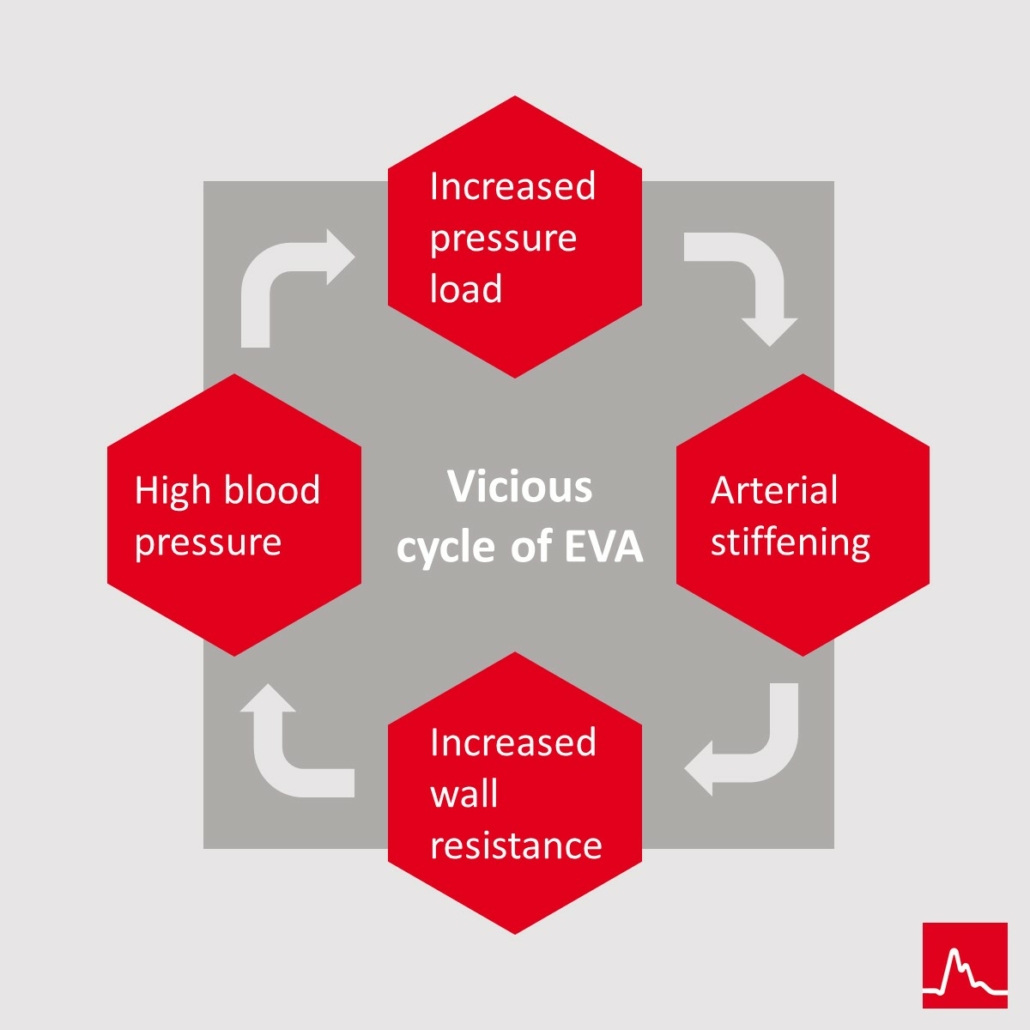
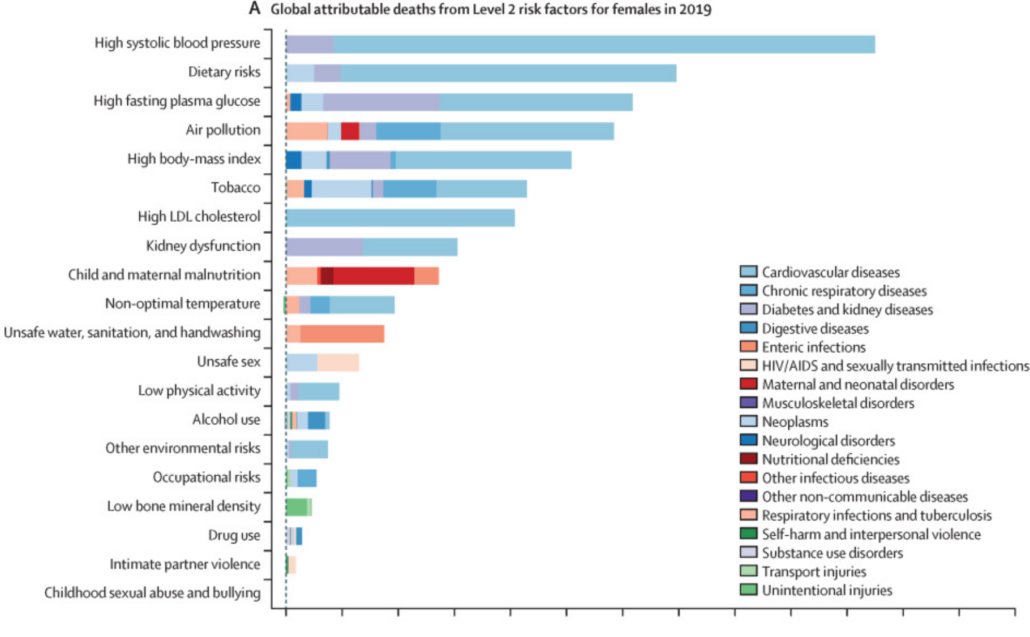 Source: The Lancet; VOLUME 396, ISSUE 10258, P1223-1249, OCTOBER 17, 2020
Source: The Lancet; VOLUME 396, ISSUE 10258, P1223-1249, OCTOBER 17, 2020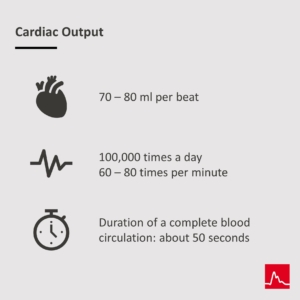
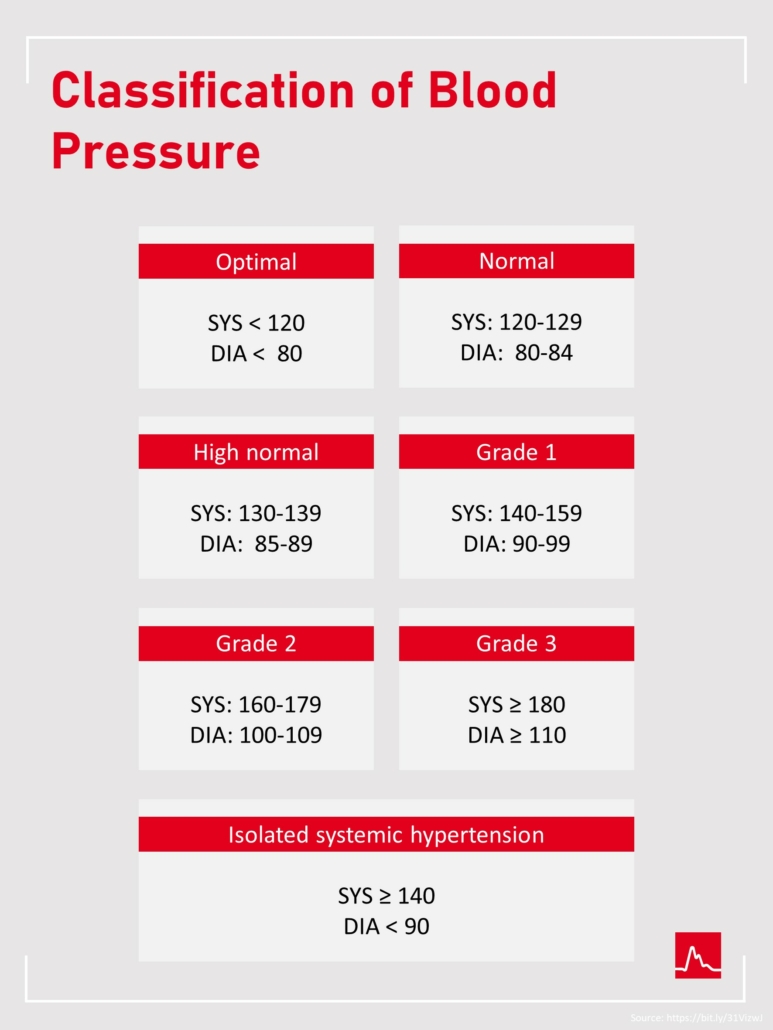 Systolic blood pressure
Systolic blood pressure